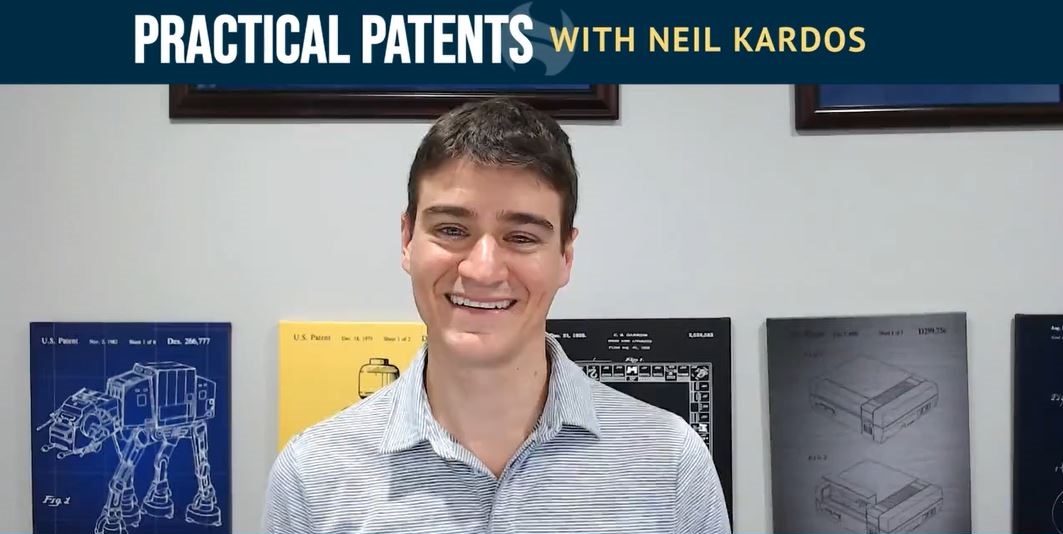Improving Patent Application Readability and Avoiding Misinterpretation
Greetings, patent enthusiasts! In this latest blog post, Neil Kardos sharessome valuable tips for enhancing the readability of your patent applications and avoiding potential misinterpretations that could arise due to wordy writing.
As patent lawyers, we often find ourselves delving into complex technical details and intricate legal concepts, which can lead to a natural tendency to be wordy in our writing. However, it’s crucial to remember that great writing is often characterized by its conciseness and clarity. Therefore, we urge you to embrace brevity when drafting your patent applications.
One common issue Neil encountered while reviewing a patent application the other day was the excessive use of the phrase “in order to” instead of simply “to.” It might seem like a minor difference, but it can significantly impact the clarity of your patent application. In fact, Neil firmly believes that you can replace the phrase “in order to” with the word “to” in 100% of cases without losing any meaning.
Let’s take a look at an example to understand the significance of this change:
“The system may process multiple events… In order to save time.”
On the surface, this sentence may appear harmless, and most of us would interpret it as the system processing events to save time. However, if we reevaluate the phrasing, another interpretation becomes possible:
“The system may process multiple events in order… To save time.”
Here, the meaning slightly changes, leaving room for ambiguity. Are the events processed to save time? Or are they processed in a specific order that ultimately saves time? Such ambiguities can introduce uncertainties in your patent application and potentially lead to challenges during the examination process.
To uphold the clarity and precision of your patent application, it’s crucial to be succinct in your writing. As they say in the movie Ocean’s 11, “Don’t use seven words when four will do.” By trimming unnecessary phrases and being concise, you can convey your ideas more effectively and minimize the chances of misinterpretation.
In conclusion, it is strongly recommended to adopt a succinct writing style for your patent applications. Not only will this improve the readability for patent examiners and other stakeholders, but it will also reduce the risk of ambiguity and potential challenges during the examination process.
We hope these tips help you improve your patent drafting skills. Thank you for reading! Don’t forget to come back for more tips in the next installment of the Practical Patents Series.
Note: This blog post is based on the opinions and observations of the author and should not be considered legal advice. Consult a qualified patent attorney for specific guidance on patent application drafting.
Want more tips? Check out other Practical Patents videos with Neil Kardos here!

